The Romans left their mark from ancient Rome to Jerash in the Eastern Roman Empire and everywhere in between. In northern Portugal, a Roman bridge stretches across the Lima River and according to legend, when the Romans reached this point in their march across Iberia, they were afraid to cross the river because they thought this was the Lethes River, a mythical river of oblivion. The Romans feared that if they crossed the river, they would forget everything. Only after their leader, Decimus Junius Brutus, plunged ahead across the river and turned back to shout to his soldiers, calling them one-by-one by name, did they obediently follow. The Roman bridge after which Ponte de Lima is named marks the very spot that the Romans dispelled the myth and braved the waters to march on.
 These days the myth itself has nearly been forgotten and the river is a popular place to kayak, spread a picnic blanket out along the river beaches, or just stroll across the bridge and through the charming little town as I did.
These days the myth itself has nearly been forgotten and the river is a popular place to kayak, spread a picnic blanket out along the river beaches, or just stroll across the bridge and through the charming little town as I did.
I visited on a Tuesday, missing both the famous Monday medieval market that has been held twice monthly since 1125 and the Feiras Novas fair, chartered by King D. Pedro IV in 1826 and held over three days annually every mid-September by literally just one day. The Monday medieval market offers everything from baskets and wine barrels to fresh fruit, cheese and bread, shoes, hats and clothing. The Feiras Novas Feiras Novas combines market and fair featuring folk dances, fireworks, and brass bands. A smaller version of this remained with market stalls with everything from handcrafted shoes and clothes to candies and churros lined the river bank.
Wandering a bit aimlessly around the town, I came across Adega Cooperativa de Ponte de Lima, a local wine cooperative who produces one of the best vinho verde wines and continues a tradition brought to the area by the Romans.

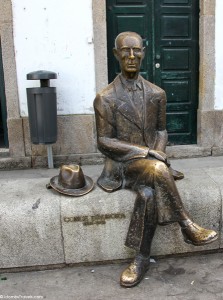

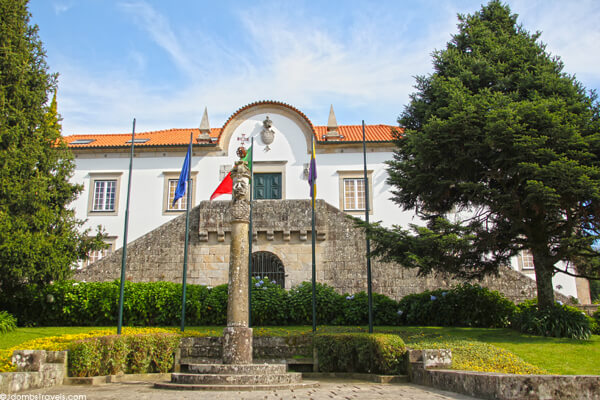
Had I had more than just a few hours to spend in Ponte de Lima, I would have loved to indulge in a meal there. I was told that some of the best food in all of Portugal can be found here in Portugal’s oldest village. Ah, maybe next time!
Thank to you Turismo de Portugal for hosting me. As always, all opinions are my own.
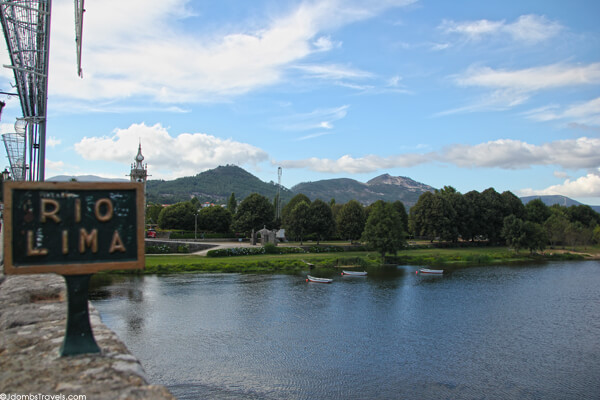
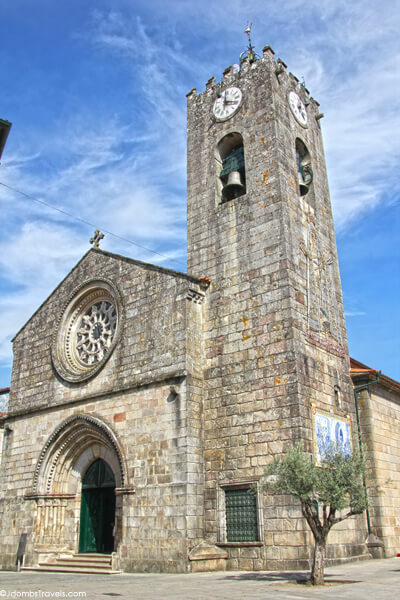
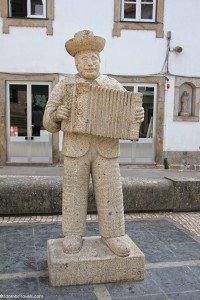
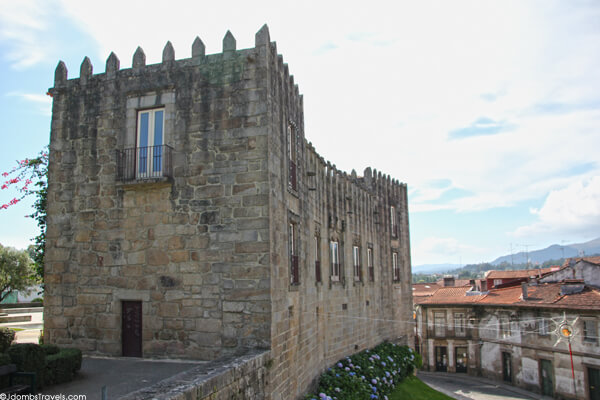
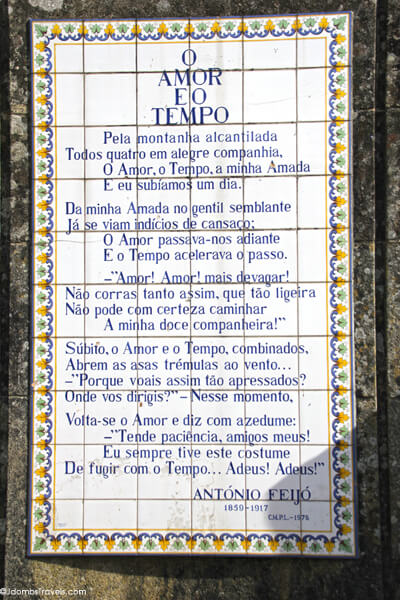
Leave a Reply